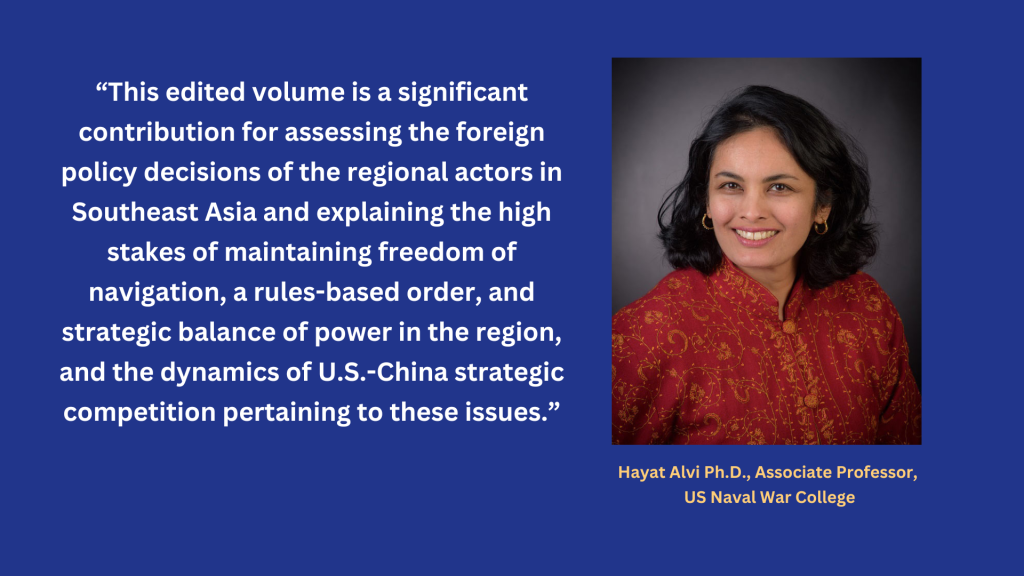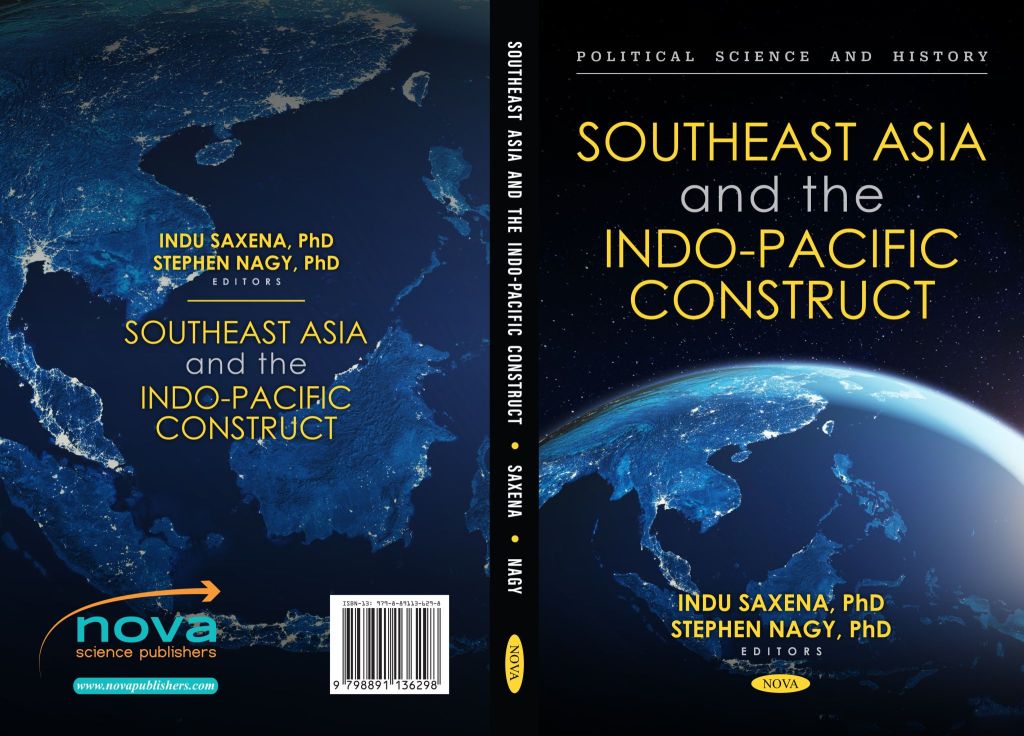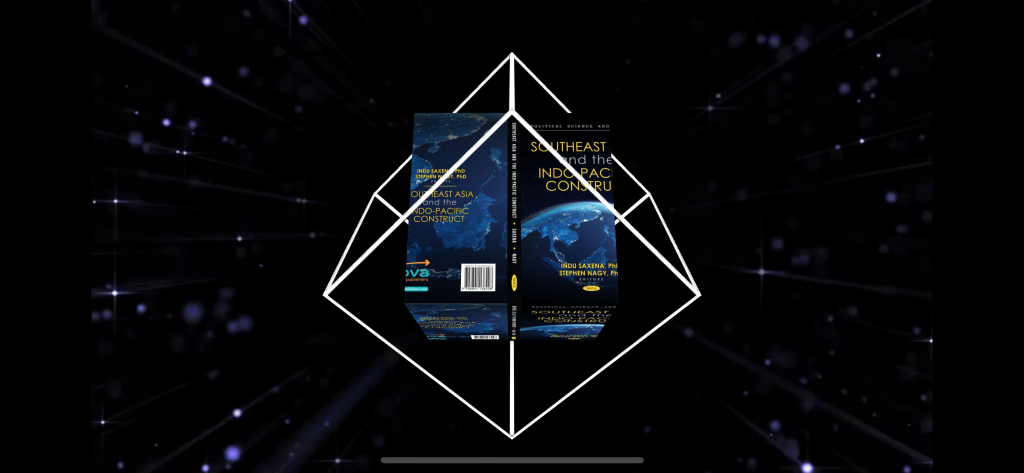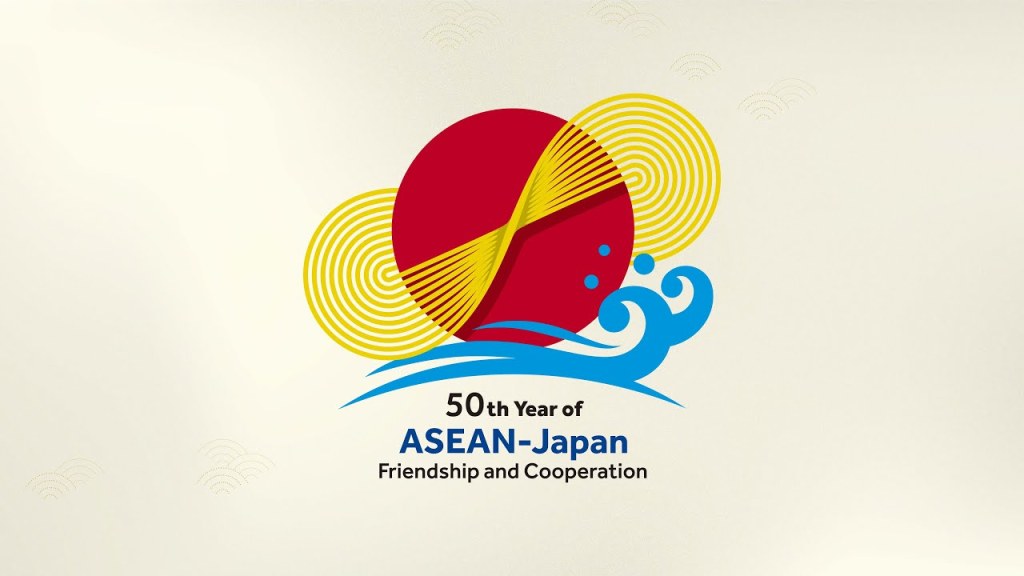One major takeaway is the heterogeneity of the Southeast Asian region. This area is incredibly diverse, with countries like the Philippines, which is willing to engage in minilateral relationships, ultra-developed Singapore, and Vietnam, a socialist state that has a complex but sometimes synergistic relationship with China. This diversity creates complexity in how the region is viewed, particularly in terms of economic prosperity, economic security, and alignments.
Another important aspect is the necessity of reading the tea leaves of the region. While high-level speeches by prime ministers often emphasize neutrality between the United States and China, that they do not want to take sides between the two great powers, but annual anonymous surveys such as those from the Institute of Southeast Asian Studies reveal the countries’ concerns about China’s hegemony and its implications for regional autonomy and independence. What kind of rules will be imposed in the region? Southeast Asian countries, including those with complex relationships with China like Vietnam, quietly support minilateral initiatives like the Quad and AUKUS for the public goods they provide and the deterrence they offer. This highlights the importance of understanding the nuanced and sometimes hidden perspectives within the region.
Lastly, the most fascinating way to read the tea leaves of Southeast Asia is observing their diplomatic actions that underscore the pursuit of strategic autonomy. For example, countries like Vietnam have engaged with multiple powers, including the US, Japan, the EU and China. This indicates Vietnam’s efforts to secure its own strategic autonomy by tilting toward the West but at the same time not tilting away from China. Meanwhile, the Philippines is more open to engage in minilateral partnerships with countries like Australia, Japan, and the United States. Singapore and Thailand work through the Cobra exercises to engage in security relationships and strengthen their economic partnerships. The diplomacy that Southeast Asian countries are utilizing is working with the United States and extra-regional powers to pull them into the region so that they can balance the power and size of China.
Southeast Asian countries want to maintain their strategic autonomy by choosing their own independent foreign policies within the region. They aim to retain independence in decision-making regarding economic, trade, and security partnerships. However, they also recognize the inescapable presence of China, and their economic prosperity and security are intertwined with the Chinese market, so they need proactive engagement with China, strive to balance China’s asymmetric size and influence, rather than compete directly against China. This ensures that Southeast Asian states can maintain a certain degree of autonomy in their economic and security strategies.
A few covers from my recent publication in 2023 and 2024
Recent talks on my new co-edited volume with Dr. Indu Saxena on Southeast Asia and the Indo-Pacific Construct
Reviews of our co-edited book











Leave a comment